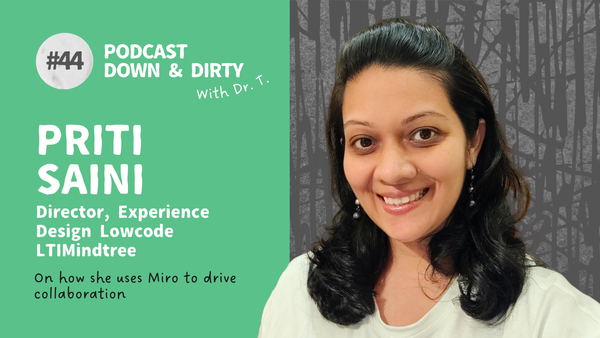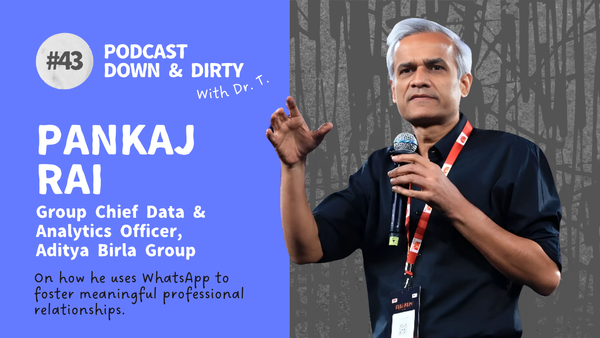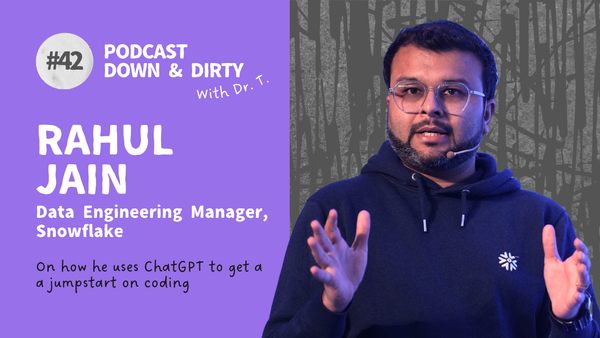🪄What are the steps to design a research study?
Whether using advanced tools like Miro and Notion or simpler ones like Google, the article stresses the need for a thoughtful approach and teamwork to make research better.

Whether using advanced tools like Miro and Notion or simpler ones like Google, the article stresses the need for a thoughtful approach and teamwork to make research better.


Priti Saini, Director of Experience Design Lowcode at LTIMindtree, highlights the benefits of using Miro for collaboration.

Pankaj Rai, Group Chief Data and Analytics Officer at Aditya Birla Group, shares how he uses simple, everyday tools such as Whatsapp to build genuine connections, spark thoughtful conversations, and create purposeful interactions that leave a lasting impact.

The future of UX research in India lies in understanding its growing, diverse digital audience. Here are 5 trends UX researchers should consider as we approach 2025. Businesses embracing these shifts will stay competitive and connect meaningfully with users across India’s vast and varied landscape.

In this episode, we take a peek into the life and mind of Rahul Jain, a Data Engineering Manager at Snowflake. We explore his daily routine, the challenges and enablers in his role, and how he leverages tools like ChatGPT and Grammarly to enhance productivity and clarity in communication.